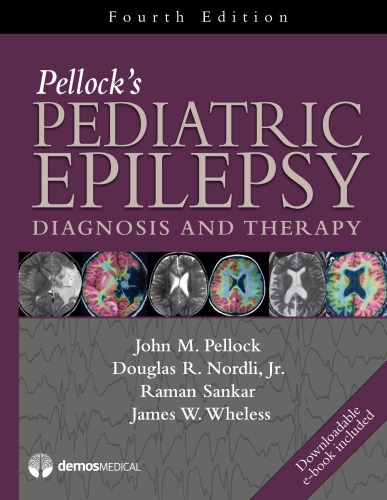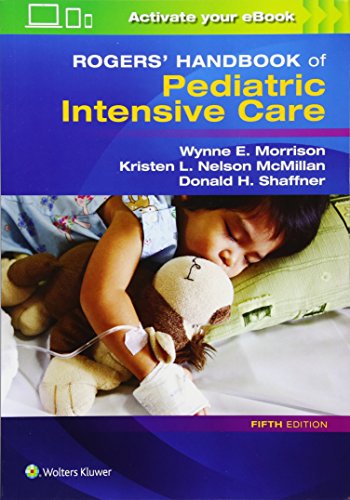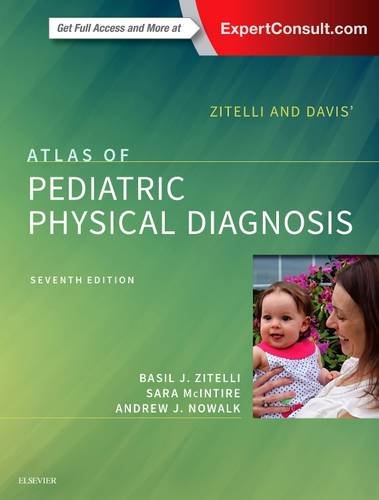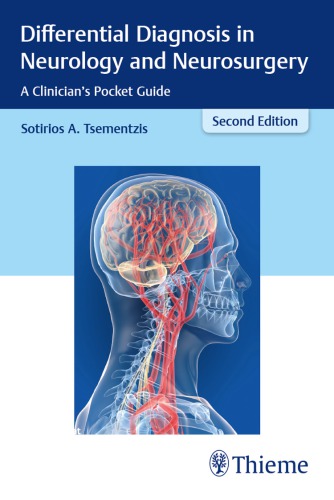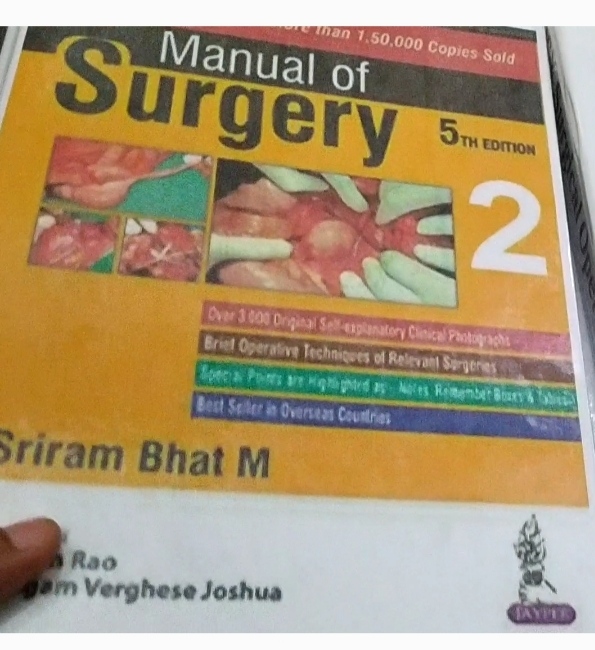سلة مشترياتك فارغة في الوقت الحالي!
Forensic Aspects of Paediatric Fractures: Differentiating Accidental Trauma from Child Abuse
This excellently illustrated book, now in a revised and extended second edition, not only describes the radiological findings which can be found in child abuse cases but also places them in a forensic perspective – a crucial aspect often underrepresented in radiological books. The aim is to enable physicians involved in non-accidental trauma cases to […]
الوصف
| This excellently illustrated book, now in a revised and extended second edition, not only describes the radiological findings which can be found in child abuse cases but also places them in a forensic perspective – a crucial aspect often underrepresented in radiological books. The aim is to enable physicians involved in non-accidental trauma cases to interpret radiological findings in light of the forensic circumstances under which these findings have arisen. Accordingly, the book will assist in determining whether a fracture is accidental or the result of abuse. Fractures are addressed not only by anatomical location but also by trauma mechanism, with careful attention to evidence regarding the reported mechanism and the clinical outcome. Drawing on the latest literature, the authors explain whether a particular form of trauma can cause a particular injury and identify where the reader can find the supporting evidence. The book will be essential reading and a superb reference for all who are involved in the diagnosis of child abuse, including pediatricians, emergency room physicians, and radiologists. It will also be a valuable resource for legal medicine physicians, lawyers, and judges. | |||
|
Table of contents : |

